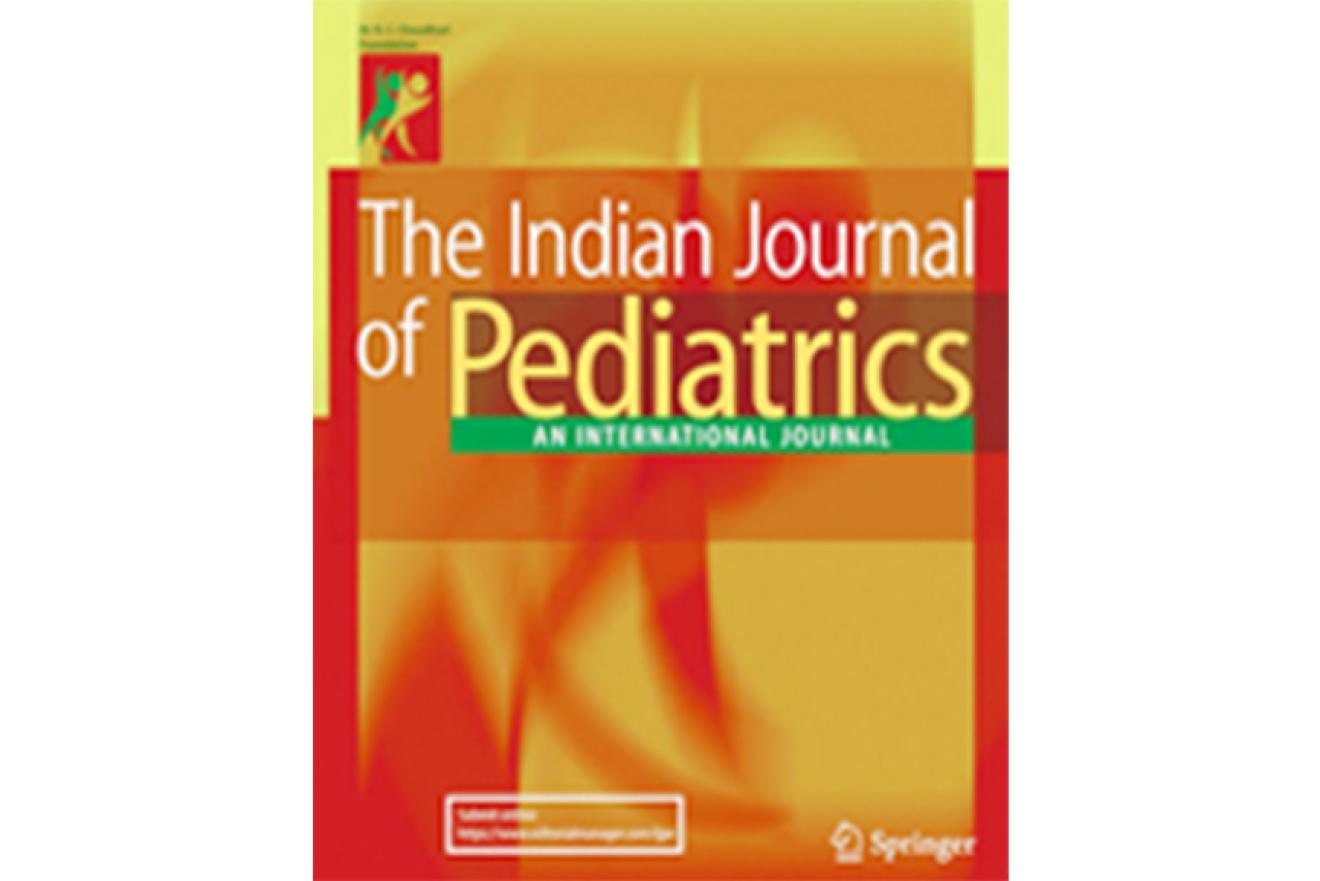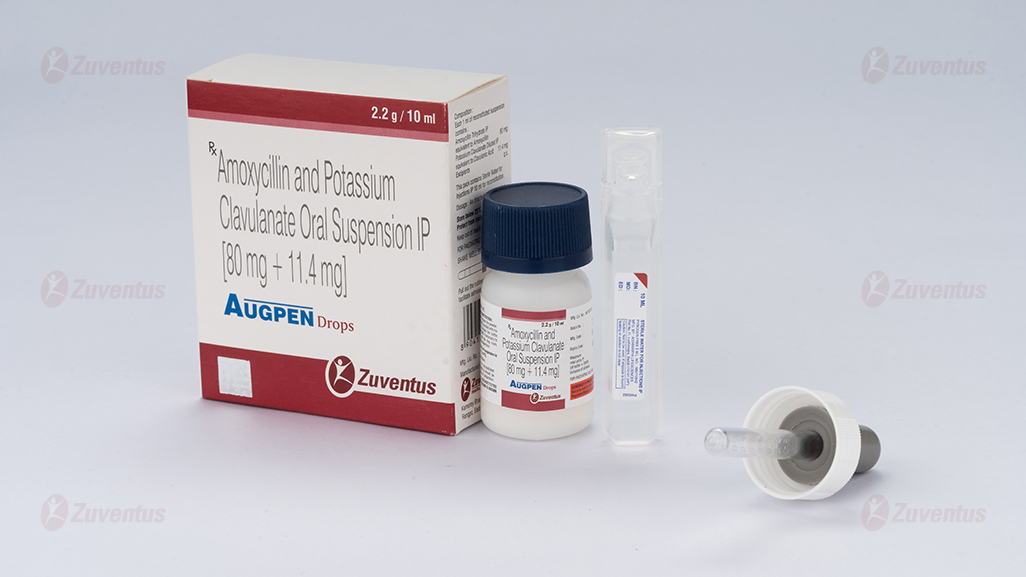Treatment of Iron Deficiency Anemia in Children: A Comparative Study of Ferrous Ascorbate and Colloidal Iron

Abstract
Objective To compare the efficacy of ferrous ascorbate and colloidal iron in the treatment of iron deficiency anemia in children.
Methods Eighty one children, aged 6 mo to 12 y, were screened for iron deficiency anemia (IDA) and those diagnosed with IDA were randomized to receive ferrous ascorbate or colloidal iron for a period of 12 wk, such that each child received elemental iron 3 mg/kg body weight/d. Increase in hemoglobin (Hb) level was the primary outcome measure. Assessment was performed at baseline, wk 4, wk 8 and wk 12.
Results Of 81 children screened, 73 were included in the study. The mean rise in Hb at the end of the 12 wk was significantly higher in ferrous ascorbate group than the colloidal iron group [3.59±1.67 g/dl vs. 2.43± 1.73 g/dl; P<0.01]. Significantly higher proportion of children receiving ferrous ascorbate (64.86 % vs. 31.03 %; P<0.01) became non-anemic in comparison to colloidal iron.
Conclusions Ferrous ascorbate provides a significantly higher rise in hemoglobin levels in comparison to colloidal iron. The study supports the use of ferrous ascorbate in the pediatric age group, providing evidence for its role as an efficient oral iron supplement in the treatment of iron deficiency anemia.
Yewale VN, Dewan B. Treatment of Iron Deficiency Anemia in Children: A Comparative Study of Ferrous Ascorbate and Colloidal Iron. Indian Journal of Pediatrics. 2013;80(5):385-90.

